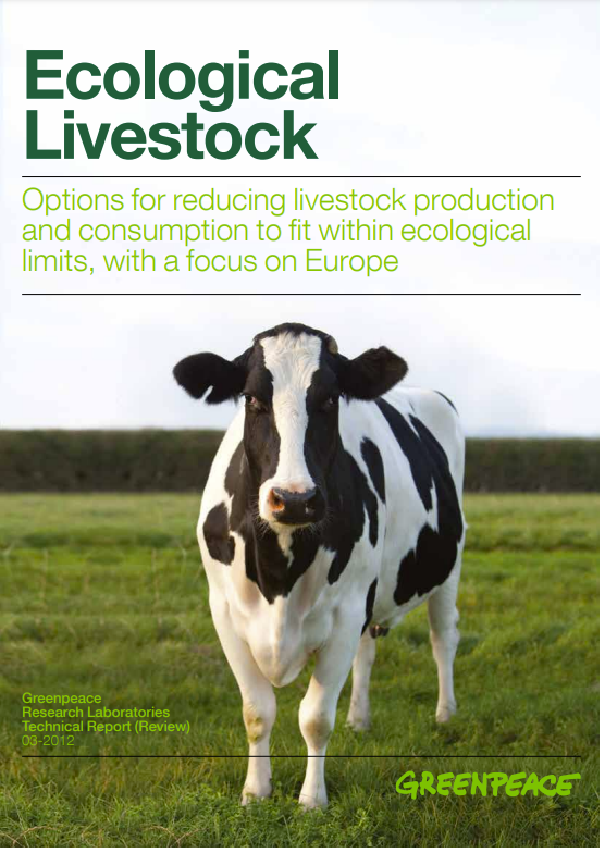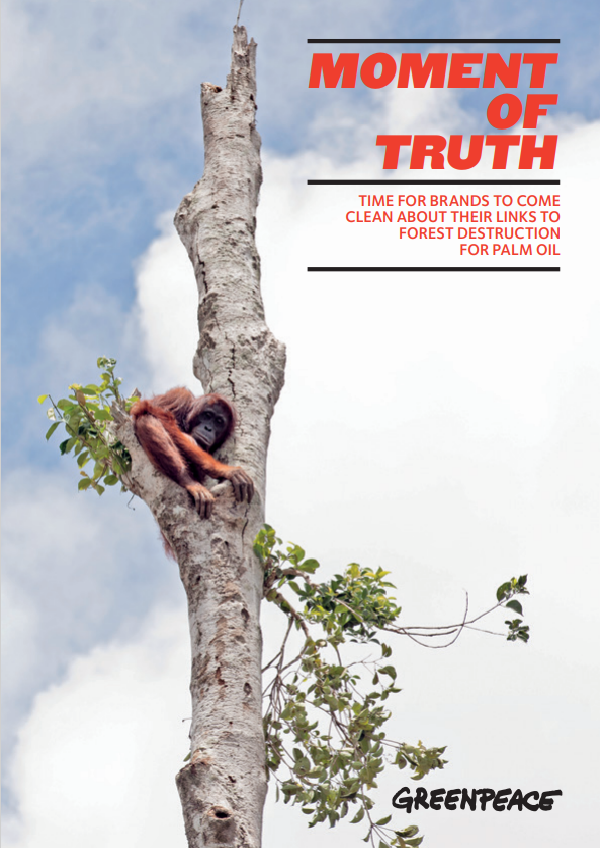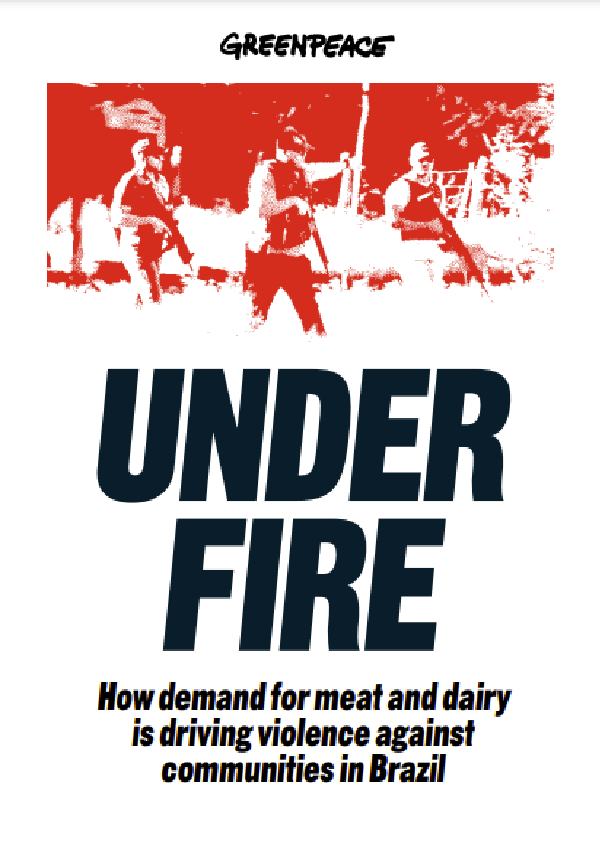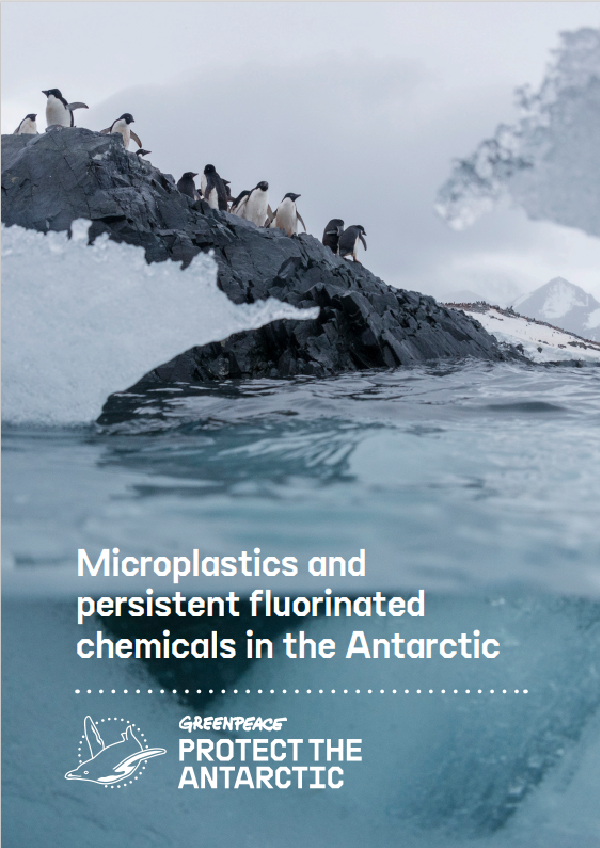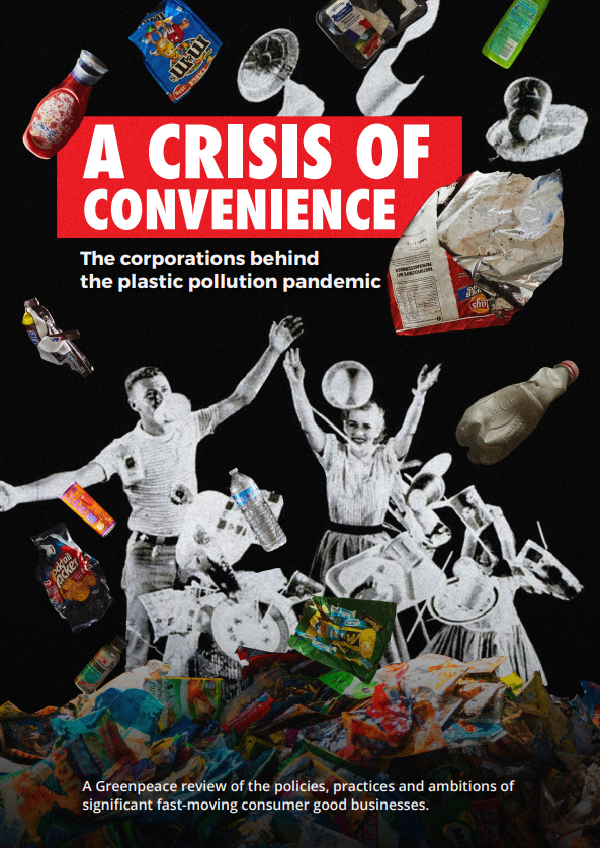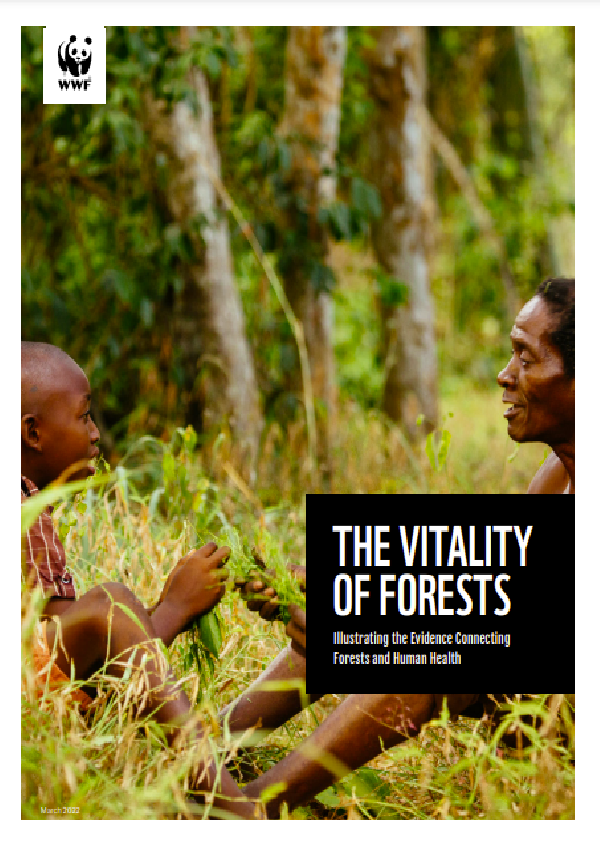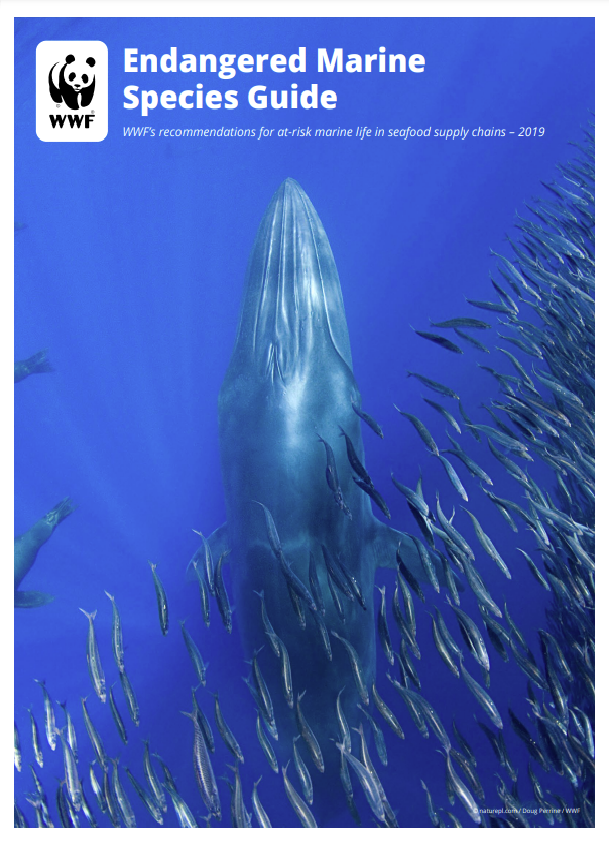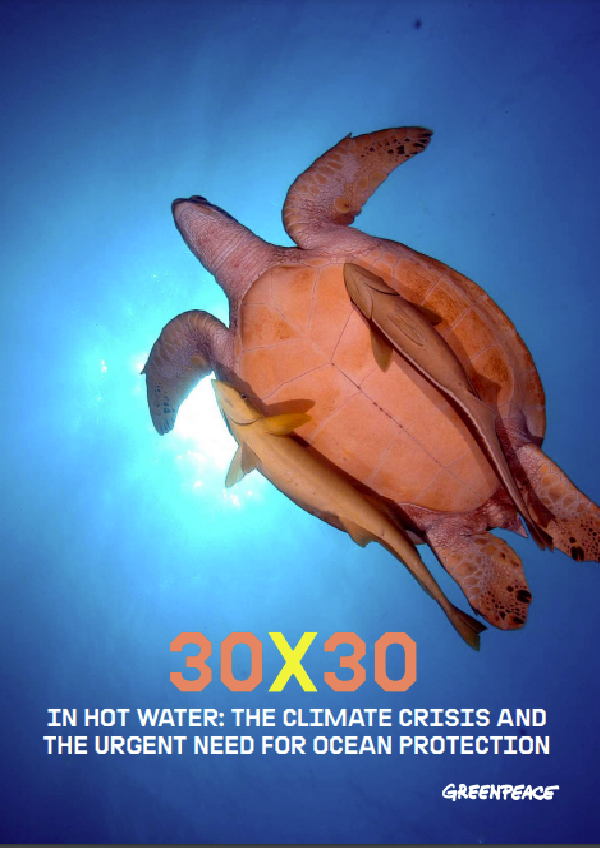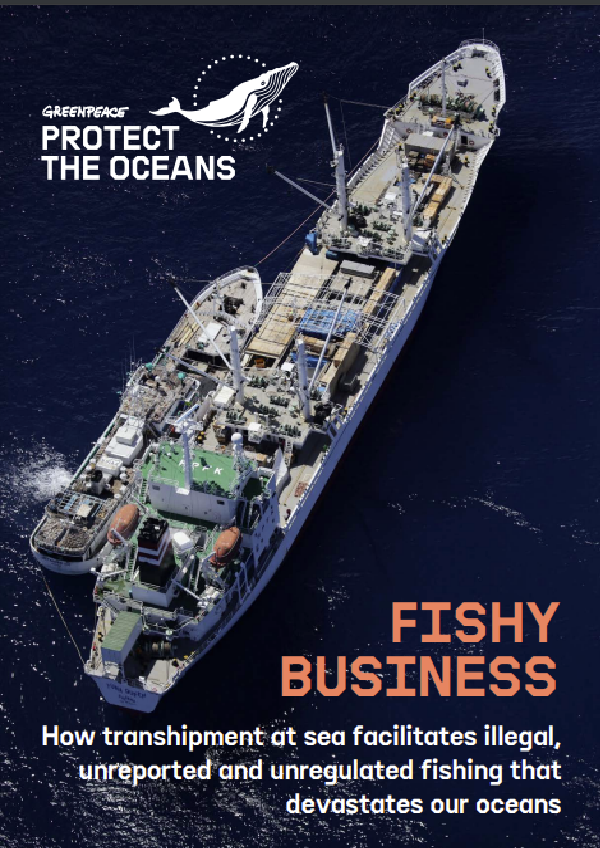Options for reducing livestock production and consumption to fit within ecological limits, with a focus in Europe.
Human pressure on the planet is reaching a scale that could compromise the stability of the Earth’s systems. A group of influential scientists have recently identified nine planetary boundaries related to Earth-system processes and their associated thresholds, which – if crossed – could destabilise our living environment.
The main impacts of livestock production are key components in four of those boundaries – biodiversity loss, nitorgen and phosphorus cycles, land use change, and climate change – including the three already beyond acceptable levels.
Ecological livestock, and more widely ecological farming, relies on the principle of ecological optimisation. Ecologically optimising agriculture systems will ultimately lead to achieving global food security while ensuring protection of ecosystem services.
Greenpeace’s definitions of “Ecological Farming” and “Ecological Livestock”
Ecological farming ensures healthy farming and healthy food for today and tomorrow, by protecting soil, water and climate, promotes biodiversity, and does not contaminate the environment with chemical inputs or genetically modified organisms. Ecological livestock integrates farm animals as essential elements in the agriculture system; they help optimize the use and cycling of nutrients and, in many regions, provide necessary farm working force. Ecological livestock relies on grasslands, pasture and residues for feed, minimizing use of arable land and competition with land for direct human food production, and protecting natural ecosystems within a globally equitable food system.
Are ecological livestock products better for your health?
Meat and dairy are good sources of proteins and nutrients, but nowadays in Europe and other rich societies we are eating too much meat, milk and dairy products, which can also create health problems. We can get higher health benefits by reducing the amount of meat and dairy we consume in rich societies and increasing the amount of fresh vegetables and fruits in our diet.
In terms of health claims for meat and dairy from grassfed vs. from grain-fed cows, if “we are what we eat”, that seems to work for cows too. Meat and dairy from ecological grass-fed cows are better when produced from cows that don’t come into contact with the chemicals, pesticides and other pharma-drugs that are usually applied in conventional agriculture. The best well-known health benefit of ecological, organic or grass-fed meat and dairy is the absence of bad things: no residues from agrochemicals or other drugs. This is also much better for the environment, which indirectly is also better for our health and the health of farmers and rural communities.
More research on the specific nutritional benefits of grassfed milk is needed, but some scientific evidence suggests milk from pasture-raised cows has a healthier balance of some fats (higher levels of some omega 3 over omega 6 essential fatty acids) and higher levels of conjugated linoleic acid (CLA) (Elgersma et al 2006, Clancy 2006). However, the science is still not 100% certain on this one (sometimes it happens, sometimes, like in winter when cows are eating less fresh grass, the effect might be small). In any case, milk from grass-fed cows is better if it comes from a chemical-free cow. The best advice, however, is still to eat less quantity but better quality organic or grass-fed dairy products.
Source: Greenpeace (http://www.greenpeace.org)
